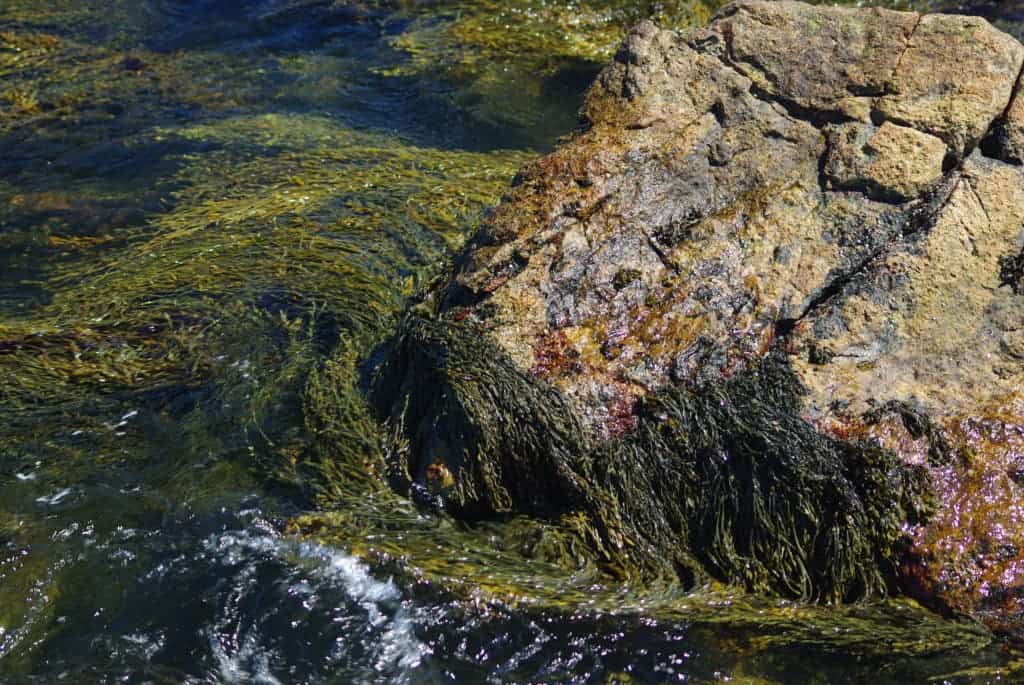The role played by seaweed to mitigate greenhouse gasses might be more significant than initially thought, according to new research which discovered seaweed can travel far from its initial location and deep beyond coastal areas.

Seaweed constitutes the most extensive and productive vegetated coastal habitats. They colonize all latitudes and are efficient at capturing atmospheric CO2 and converting it into plant material, playing a key role to avoid a more significant global warming.
In a paper published in Nature Geoscience, a group of researchers discovered that macroalgae species can drift as much as 5000 kilometers beyond coastal areas. Around 70% of this is seaweed, therefore carbon will sink to ocean depths below 1000 meters — which means the carbon is unlikely to return to the atmosphere anytime soon.
“This finding has huge implications for how the global carbon dioxide budget is calculated,” said Ph.D. student, Alejandra Ortega, the first author of the study. “It indicates that macroalgae are important for carbon sequestration and should be included in assessments of carbon accumulated in the ocean, known as blue carbon.”
Seaweed doesn’t remain in the same place. It drifts with currents and tides, but we don’t really know much about its fate once it floats away from the coast. As a result, there have been no detailed assessments of their role in carbon sequestration in coastal habitats, particularly in the sediments of seagrass and mangroves.
The research team led by Carlos Duarte and his KAUST colleagues at the Red Sea Research Center and the Computational Bioscience Research Center (CBRC), has identified DNA sequences of macroalgae in hundreds of metagenomes generated by global ocean expeditions.
In the expeditions, the global ocean was surveyed to a depth of 4000 meters, then sequencing the particulate material collected in the water sample to create a global DNA resource.
Duarte and his team of marine scientists searched for macroalgae in these global ocean metagenomes, using Dragon Metagenomic Analysis Platform (DMAP). Developed by CBRC bioinformaticians, DMAP uses KAUST’s supercomputer to annotate and compare metagenomic data sets.
For the very first time, the team was able to provide semiquantitative evidence of the presence of macroalgae beyond the shoreline. It’s yet another puzzle piece that will enable us to better understand our planet’s climate — but there’s still much work to be done.
“Work is still needed to be able to translate a specific amount of DNA into a specific amount of organic carbon in a specific taxon, but finding macroalgal DNA is the first step,” said Ortega.


